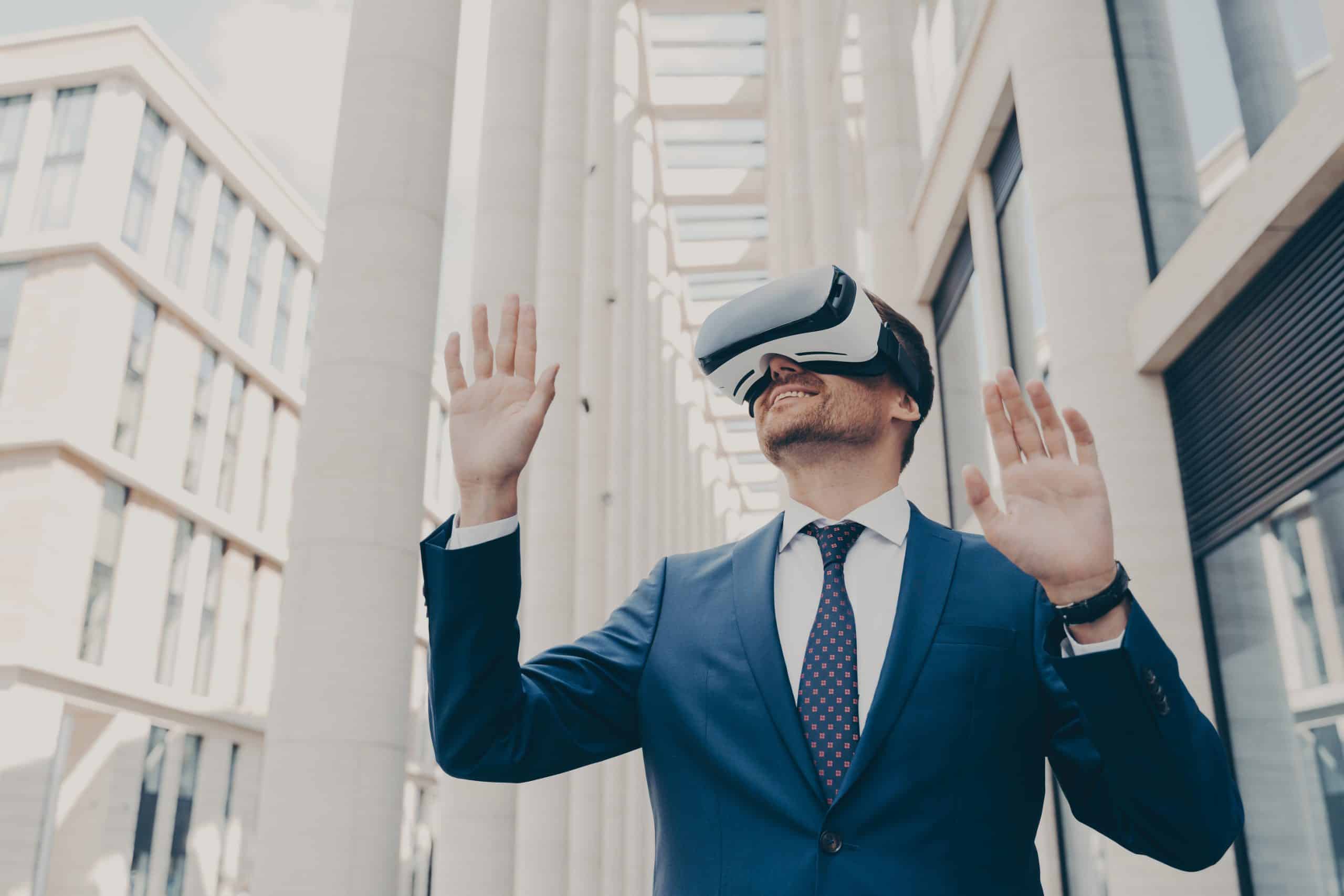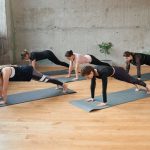The advent of technology has revolutionized various industries, but perhaps none more so than the fashion industry. With the surge in online shopping, fashion retailers are increasingly relying on virtual reality and augmented reality technologies to improve their customers’ shopping experience. Virtual fittings are one such solution that gives customers the convenience of trying on clothes online. This not only enhances the customer experience but also helps brands to showcase their products more effectively. Let’s delve into how UK fashion retailers can leverage this technology to their advantage.
The Scope of Virtual Reality in Fashion Retail
The world of fashion retail is evolving at breakneck speed. In the age of digital shopping, brands are seeking innovative ways to replicate the in-store experience for their online customers. Virtual reality, an immersive, interactive experience generated by a computer, offers a compelling solution.
Avez-vous vu cela : What Are the Innovative Payment Solutions for UK Freelancers Dealing with International Clients?
Virtual reality (VR) allows customers to virtually ‘try on’ clothing from the comfort of their home. The technology creates a 3D avatar of the customer, onto which various clothing items can be superimposed. This not only offers a convenient and unique shopping experience, but it also provides you with valuable data about customers’ preferences, body types, and shopping habits.
Augmented Reality: The Future of Online Shopping
Augmented reality (AR) is transforming the way people shop. By overlaying digital data onto the real world, AR technology provides an interactive and highly personalized shopping experience.
A lire en complément : How Can UK-Based Online Education Providers Ensure Accessibility for Disabled Students?
For fashion retailers, AR offers myriad opportunities for product display and customer engagement. For instance, you can create AR apps that allow shoppers to see how certain clothing items would look on them. If they like the product, they can add it to their cart and make the purchase. This provides a seamless transition from product discovery to purchase, enhancing customers’ overall shopping experience.
The Adoption of Virtual Fittings
In the current retail landscape, customers are seeking more than just products; they are after experiences. Virtual fittings are an innovative way to provide a unique shopping experience to your customers.
By using AR and VR technologies, you can create a virtual fitting room where customers can try on various clothing items. This not only helps to reduce returns but also improves customer satisfaction. Virtual fittings offer a realistic representation of how the clothes will fit, thereby enabling customers to make more informed buying decisions.
The Role of Augmented Reality in Fashion Branding
In the hyper-competitive fashion industry, brands are constantly seeking ways to differentiate themselves and engage with their customers. Augmented reality, with its ability to provide interactive and personalised experiences, serves as a powerful tool for fashion branding.
You can use AR to tell your brand story, showcase your products, or offer exclusive content. For instance, by creating an AR app, you could offer a virtual tour of your store or deliver personalized style recommendations based on customers’ preferences. This not only enhances customers’ shopping experience but also helps to foster brand loyalty.
The Impact of Technology on Customer Experience
In the era of digital retail, technology plays a pivotal role in shaping customers’ shopping experiences. Augmented reality and virtual reality technologies not only provide a unique shopping experience, but they also offer a multitude of benefits to retailers.
By integrating AR and VR into your retail strategy, you can provide a more engaging and personalized shopping experience. This not only helps to attract new customers but also fosters customer retention. Moreover, these technologies provide valuable data, which can be used to gain insights into customers’ shopping habits and preferences. This can help you to tailor your product offerings and marketing strategies, thereby driving sales and boosting profitability.
Overall, the incorporation of augmented reality and virtual reality technologies into the fashion retail industry is not just a trend but a necessity. It’s high time that UK fashion retailers embrace these technologies to enhance customer experience and stay competitive in the ever-evolving retail landscape.
The Implementation of Virtual Fittings
As technology continues to evolve, fashion retailers have the unique opportunity to utilise advanced solutions like virtual fittings to their advantage. Augmented reality (AR) and virtual reality (VR) have made it possible to bring the fitting room experience to the customer’s home, redefining the shopping experience in an unprecedented way.
Virtual fittings entail creating a 3D avatar of the customer, to which clothing items can be superimposed in real time. This technology has the potential to revolutionise not just the customer’s shopping experience, but the operations of fashion retailers as well.
From a customer’s perspective, virtual fittings are convenient and engaging. Imagine being able to try on different outfits without having to deal with the hassle of a traditional fitting room. You can switch between different items with a click of a button, and view how they would look on you from different angles.
For fashion retailers, the benefits are equally substantial. The sophisticated technology behind virtual fittings can collect data about customers’ preferences, body types, and shopping habits. This information can be valuable in tailoring product offerings, enhancing marketing strategies, and ultimately, driving sales.
Furthermore, virtual fittings can help reduce the number of returns, a significant issue for online retailers. By providing customers with a realistic representation of how clothes will fit, they can make more informed buying decisions.
The Conclusion: Embracing AR and VR in Fashion Retail
In an era where technology and fashion are increasingly intertwined, augmented reality and virtual reality have emerged as powerful tools for enhancing the shopping experience. The potential of these technologies goes beyond just convenience; they offer a unique, personalised shopping experience that traditional brick-and-mortar stores cannot replicate.
Virtual fittings, made possible by AR and VR, are transforming the way people shop for clothes. They allow customers to try on clothes virtually and make informed decisions about their purchases. At the same time, they provide fashion retailers with valuable insights into their customers’ preferences, helping them tailor their products and services accordingly.
Moreover, AR and VR can play a significant role in fashion branding, helping brands differentiate themselves in a competitive market. They offer the potential to tell engaging brand stories, showcase products in innovative ways, and foster stronger connections with customers.
The future of the fashion industry lies in the fusion of design and technology. Augmented reality and virtual reality technologies are not just passing trends; they are reshaping the industry and redefining what it means to have a shopping experience. It’s imperative for UK fashion retailers to embrace these technologies and adapt to the evolving retail landscape. By doing so, they can provide their customers with a unique, engaging shopping experience, and secure their place in the future of fashion retail.






